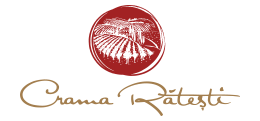
The hills
The hills of Ratesti
Although the north-western part of Romani is not a very well-known wine region, winemaking is a very old practice here. The Rătești hillside became famous in the 1700’s, in count Károlyi’s time, when the Swabians planted large areas with vines. The first proof of winemaking practices can be identified with the help of diplomatic literature: taxes were imposed on wine as well sand from the records, we learn about “vina decimalia”, which means a 10% tax owed to the Church and “vina nonalia”, which translates to “the 9th part of the wine production” which was owed to the Landlord. The “wine taxes” owed to the Church are also mentioned in 13th century literature as “tributum in vino”, which simply translates to tax on wine.
Additional evidence of the region’s wine culture are the many wine cellars dug into the hillsides in the region. Such wine cellars can be found in Rătești and also in neighboring villages Beltiug, Ardud, Homorodul de Jos, Hurezu and Dobra. A more recent mention of the winemaking tradition in the area comes from 1874 when at the international Wine Fair in London, Bacator, a local grape variety, made a huge impression on the participants.
The wine culture of the region has significantly changed because of the Climate Change, so that the high acidity soils and moderate climate give excellent fresh white wines, and very well balanced red wines, with good aging potential.


